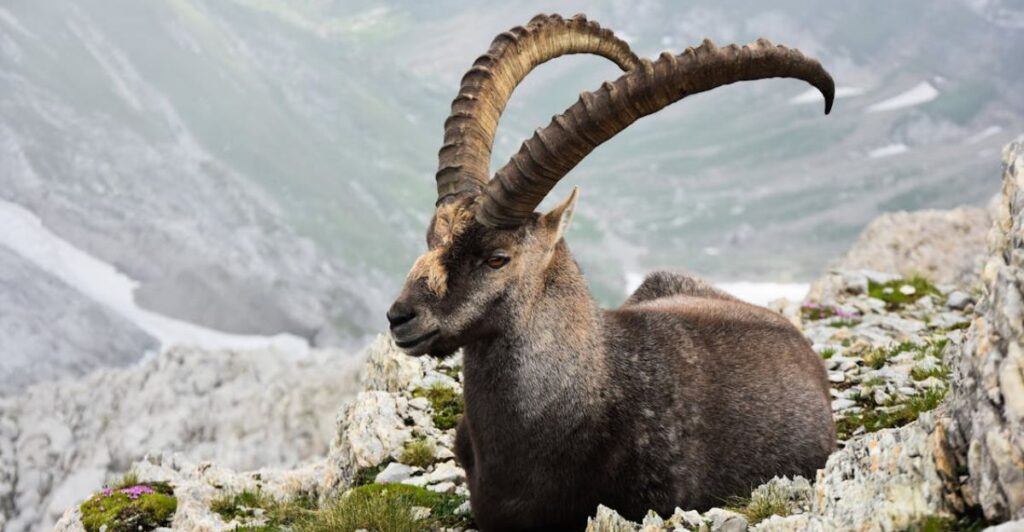
Once endangered, the ibex has defied the odds and returned to its rugged mountain habitats. This recovery didn’t happen by chance—it involved a combination of conservation strategies, scientific advances, and changing attitudes. Here are some key factors that fueled the ibex’s inspiring resurgence.
1. Poachers Became Protectors
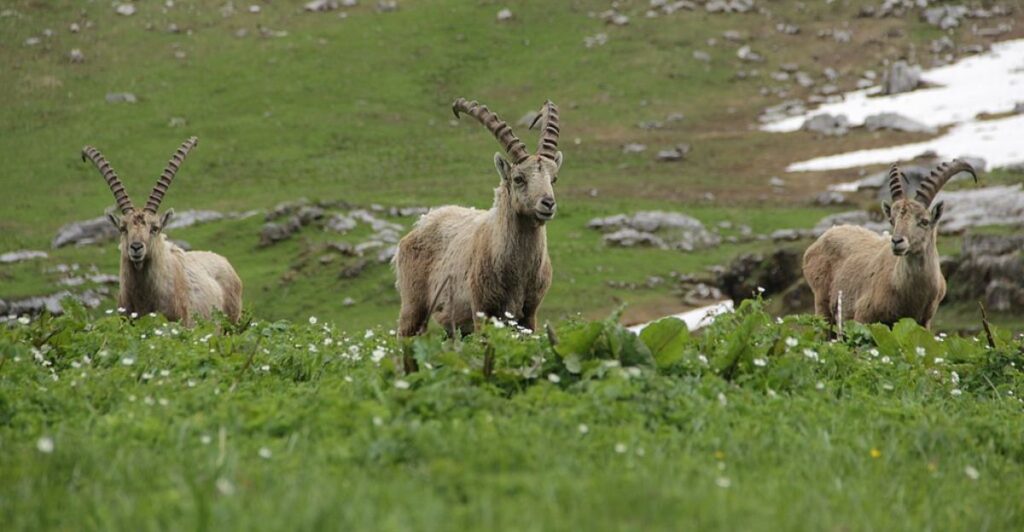
Centuries ago, ibexes were hunted relentlessly for their horns and meat. The turning point was when the governments stepped in to ban hunting and turned poachers into conservation allies. Today, former hunters help monitor populations instead of depleting them.
2. A Royal Rescue Mission
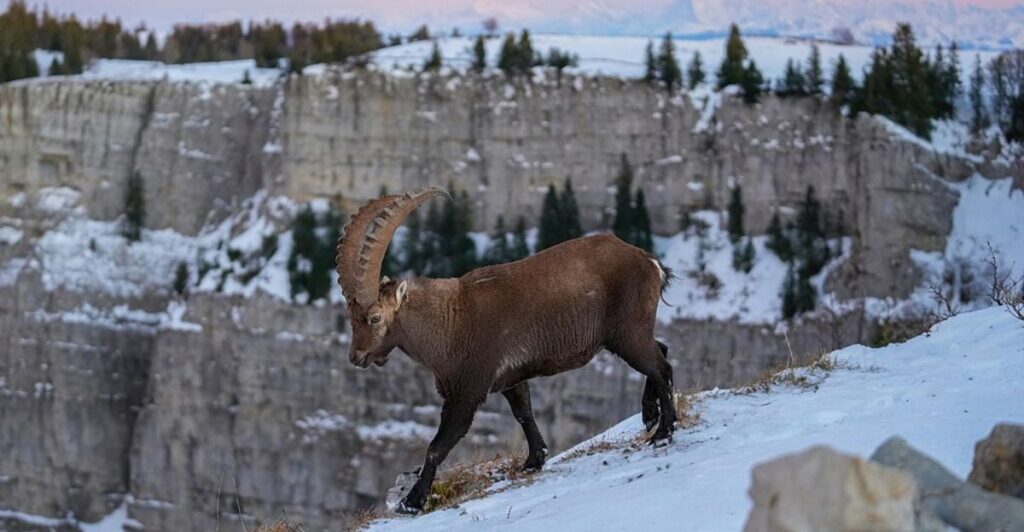
The survival of the Alpine ibex can be traced back to a king. Italy’s King Victor Emmanuel II declared the Gran Paradiso a royal hunting reserve in the 1800s, inadvertently saving the species. By keeping others out, he established the first sanctuary for these goats.
3. Scaling the Numbers Through Breeding Programs
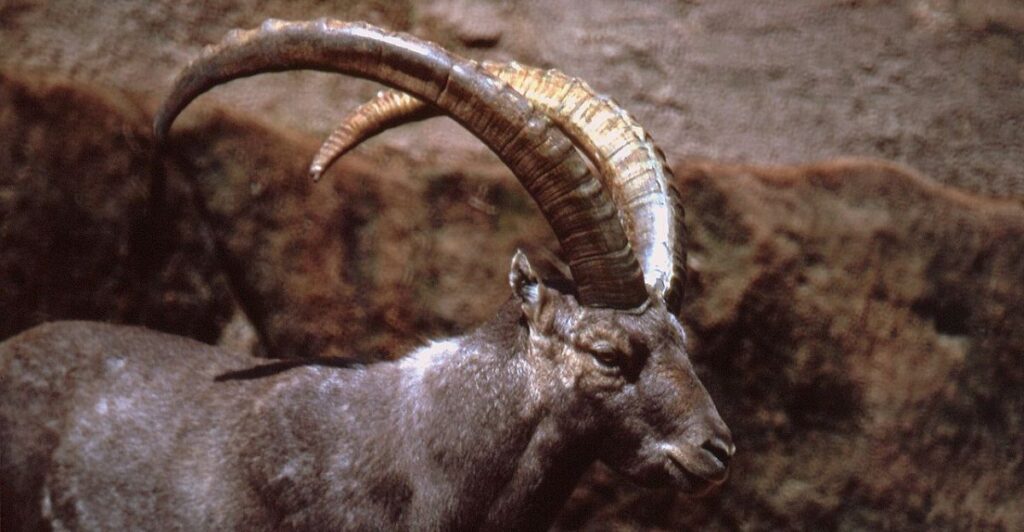
Modern breeding programs have made a remarkable difference. Scientists nurtured small ibex populations in controlled environments, allowing them to thrive before reintroducing them to the wild, where these resilient mountain climbers could reclaim their natural habitats.
4. Crossing Borders to Save Lives
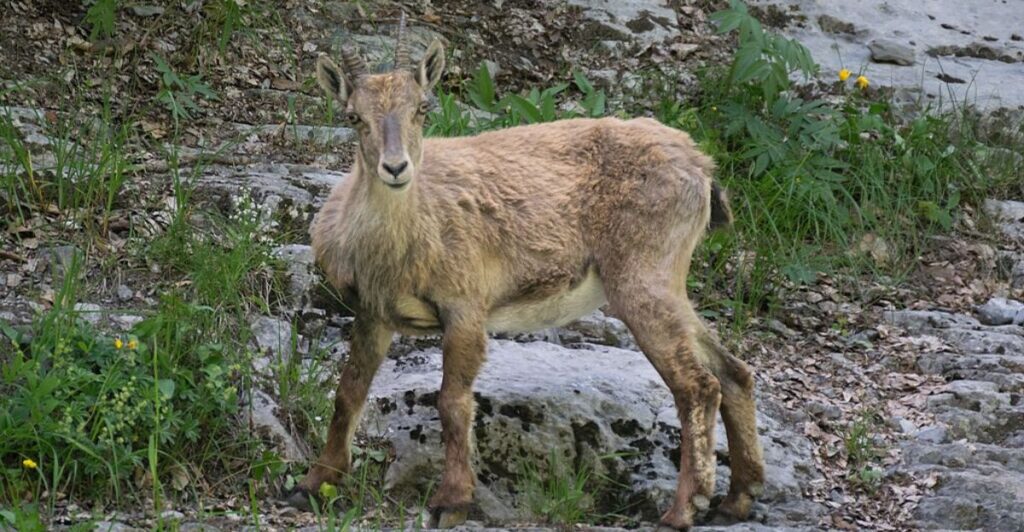
Countries also worked together to ensure ibexes got a fresh start. France, Switzerland, and Austria collaborated to reintroduce the species to their native ranges. Such cross-border teamwork turned local efforts into a big success in conserving an endangered animal.
5. National Parks Became Goat Havens
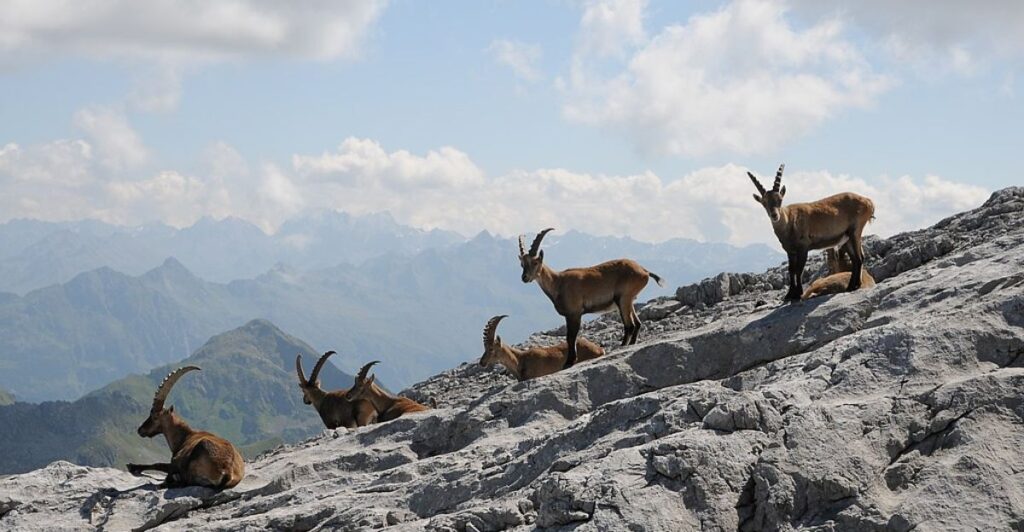
Once ibex populations stabilized, they found permanent homes in protected national parks, such as the Alps and the Pyrenees. These parks at high altitudes provided the food, space, and safety ibexes needed to rebuild and reclaim their place in the wild.
6. Horns and Hooves That Defy Physics
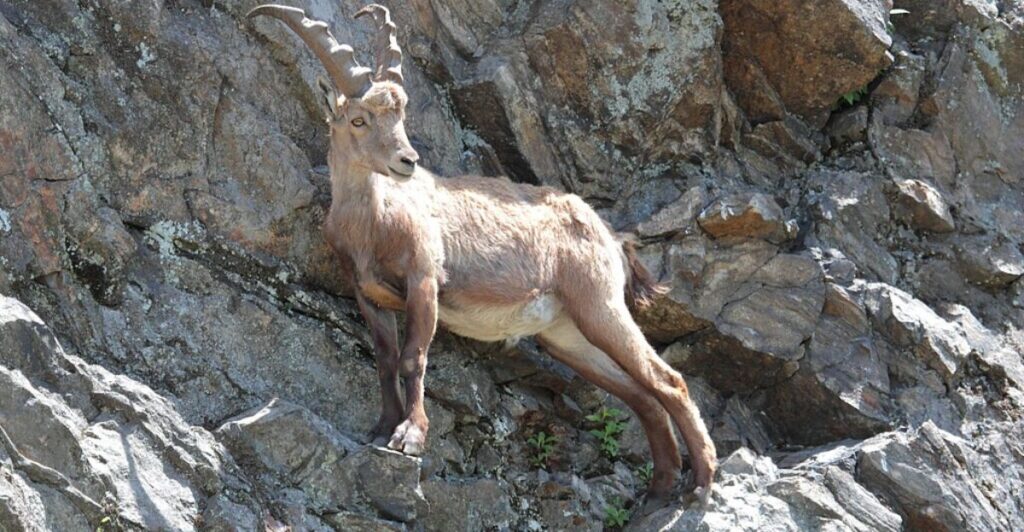
Their comeback wasn’t just about protection; it was also about adaptation. Ibexes have specialized hooves that grip rocky surfaces like suction cups. That’s what makes them natural-born survivors in tough terrains where predators can’t follow.
7. Ecotourism’s Unexpected Boost
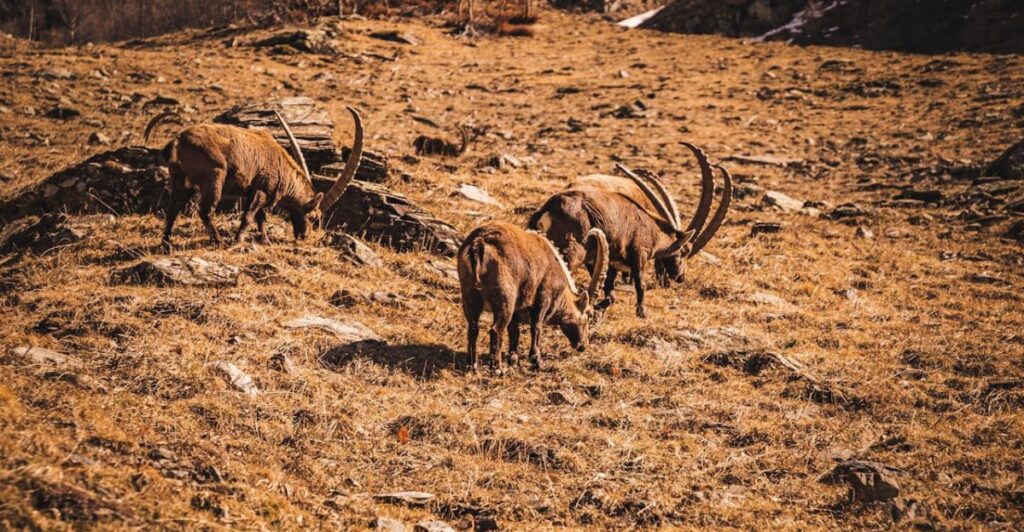
Soon, the goats became ecotourism celebrities. Visitors flocked to mountain regions to catch a glimpse of ibex. The revenue from ecotourism now funds conservation projects, turning the ibex into stars in their own remarkable success story.
8. Scientists Studied Their Every Move
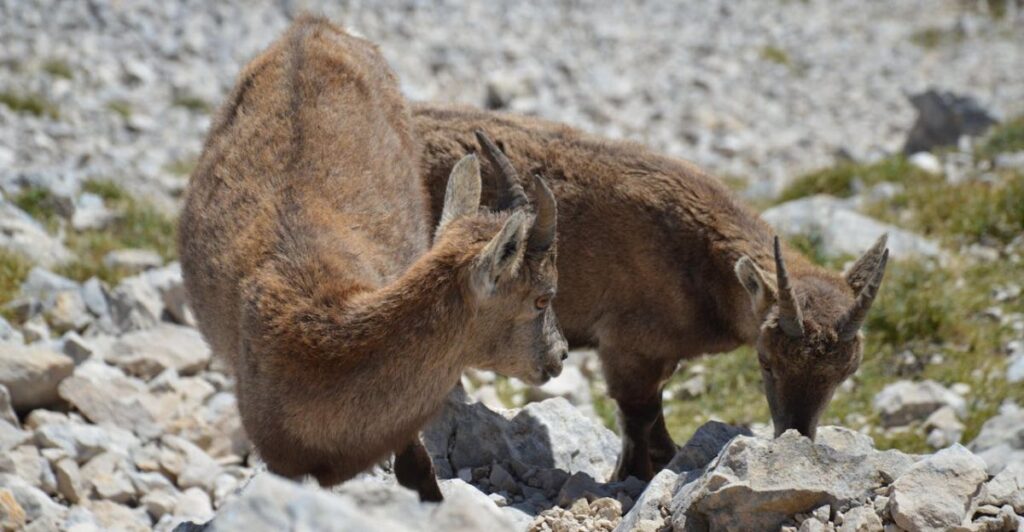
Biologists did more than save the ibex—they learned from this goat. Scientists gained insights into managing other endangered species and balancing ecosystems by studying their behavior and resilience. It was a smart move that helped roll out more such initiatives.
9. Climate Challenges Became New Threats
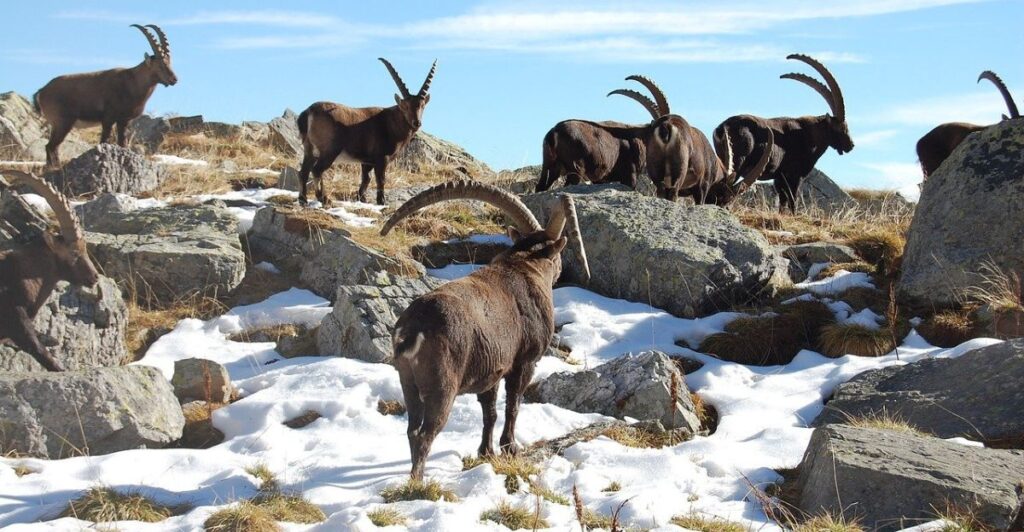
Their survival story doesn’t end here. As temperatures began to rise, ibex habitats in the Alps were threatened. Once again, conservationists stepped in, creating migration corridors that allowed the goats to find new homes and adapt to changing conditions.
10. Protected Areas Flourished
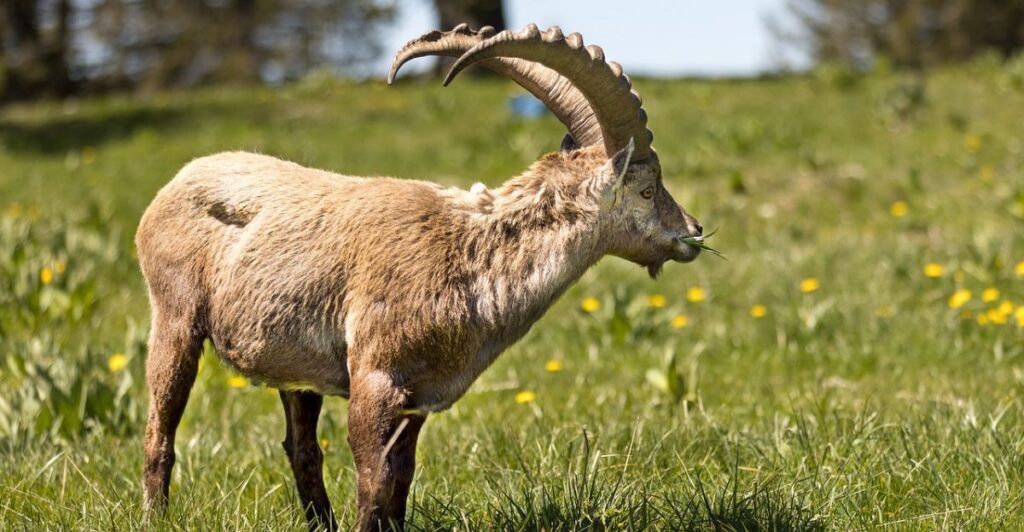
Ibex-friendly zones then started blossoming under these conservation programs. Grazing restrictions, forest regeneration, and predator control made way for the strong mountain climbers to thrive. With everything they needed to flourish, the ibexes could live freely once more.
11. A Comeback Fueled by Local Pride
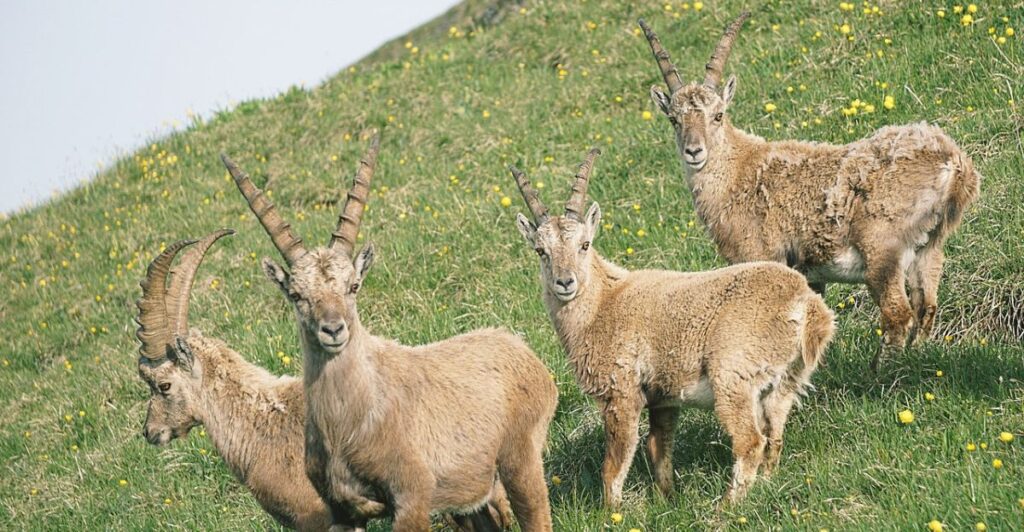
When it comes to ibex conservation, the story is incomplete without the mention of local communities. People who lived near ibex habitats were also the heroes in their recovery. Locals embraced the ibex as symbols of their cultural heritage and took pride in their resurgence.
12. Nature Got Its Balance Back
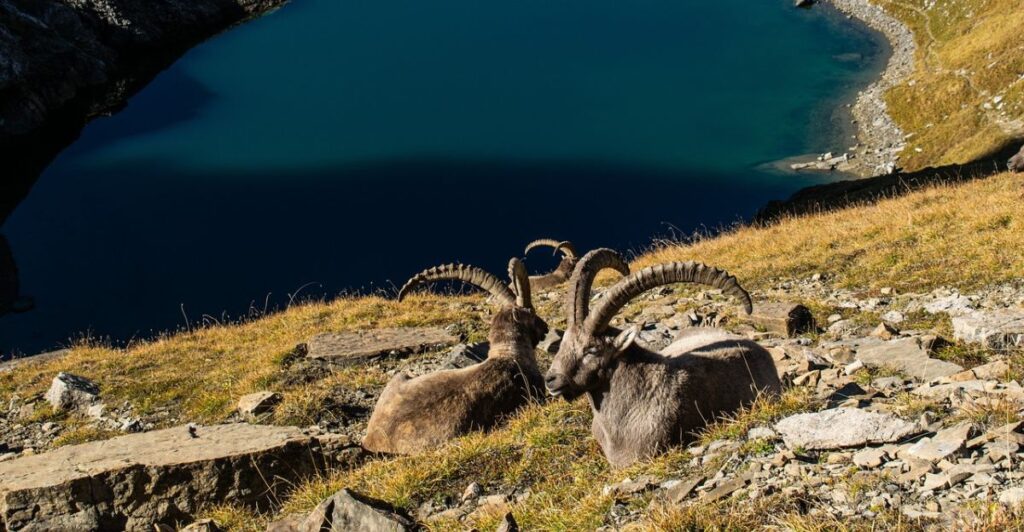
Now that the ibexes are back in the mountains, ecosystems have improved. The wild goats play their part by controlling plant overgrowth and creating healthier, more balanced habitats that support a wide range of wildlife.
Stay connected with us for more stories like this! Follow us to get the latest updates or hit the Follow button at the top of this article, and let us know what you think by leaving your feedback below. We’d love to hear from you!







